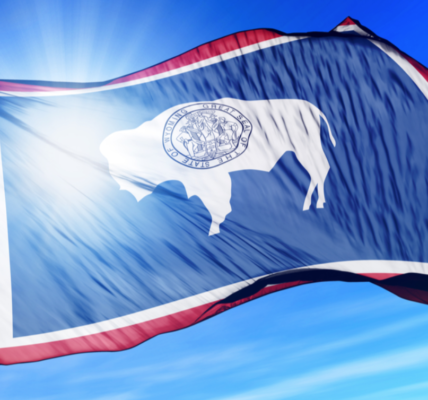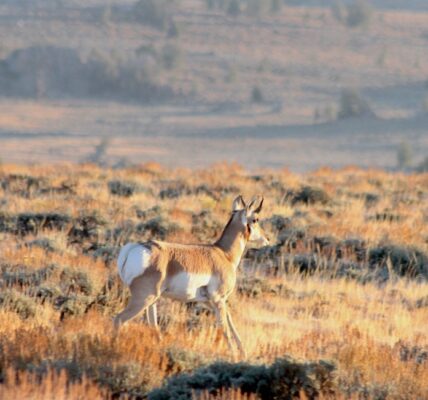◆ Part 3: Mini-series on floral gardening with annuals.
Provided By
wyoextension.org
MULCHING
Using mulches during the growing season will slow the loss of water, prevent soil drying and cracking, reduce weak plant growth, prevent soil splashing, and provide a neat and well‑kept appearance. Many kinds of mulch are available including organic types such as bark chunks, pine needles, ground corn cobs, wood chips or compost.
Organic mulches are beneficial in that they return nutrients to the soil as they break down. Be aware that some, like pine needles or any small organic matter, may blow away in high winds. Mulch must allow water and oxygen to penetrate into the soil below, and it should decompose slowly. A layer 2 inches thick is ideal.
There are disadvantages to organic mulches. In some locations in Wyoming, the soil may stay too cool under mulch. With cool soil, root growth may be inhibited which in turn limits shoot growth. If cool soils are a problem, wait until the sun has warmed the soil in late spring to apply mulch. Also, certain pests like slugs may hide in some mulches.
Inorganic mulches are also available but are not as highly recommended. These are permanent unless moved, will not decompose, and may impede water and oxygen penetration into the root zone underneath.
Inorganic mulches include crushed rock, marble chips and various sizes of gravel. Plastics are not recommended because they do not allow water or oxygen to penetrate to plant roots. Even landscape fabrics are not recommended by some landscapers. Although they do allow water and oxygen to penetrate into the soil and also minimize weed problems early on, fabrics make it difficult to plant or replant. Their purpose is often defeated as soil and other organic matter builds up on top, leading to weed problems later.
DEADHEADING
Deadheading is the process of removing spent flowers. It helps keep plants looking neat and also diverts energy to new blooms. Annuals tend to send their energy to seed production as their flowers fade. If deadheading is done regularly, the plants redirect their energy back into producing more flowers. Use clean, sharp scissors or shears and cut just below the spent flowers, making sure not to remove more than 1/3 of the plant at any one time.
FERTILIZING
Annuals differ widely in their fertilization needs. The label on a plant should state the fertilizer needs of the plant in the container. A soil test will provide the information necessary to determine if the flower bed needs any nutrients.
If fertilizer is needed, there are many acceptable types on the market. Always read and follow label directions and be careful not to over fertilize. Too much fertilizer leads to spindly, weak, tender plant growth that will not hold up in Wyoming’s climate. Also, too much fertilizer is known to contribute to downstream pollution and algal blooms. If in doubt, don’t fertilize or at least use minimal amounts.
Some of the types available in retail stores include liquid or dry concentrates, liquid ready‑to‑use, granular and slow release.
Dry or liquid mix‑your‑own kinds tend to be the least expensive and are the easiest to over apply. More is definitely not better. Slow release types are more expensive but generally one application in the spring is sufficient to last the growing season.
Many organic fertilizers are available but tend to be lower in nutrient content. Manures and composts can be used. Manure, if not aged properly, can be very high in soluble salts, leading to burned plant roots.
Composts decompose, and an additional nitrogen source may be required for annual plants to thrive. This is because microbes decomposing the organic matter can easily use up any available soil nitrogen leaving little to none for the plants.
See Part 4 in the next edition of the Star Valley Independent.






